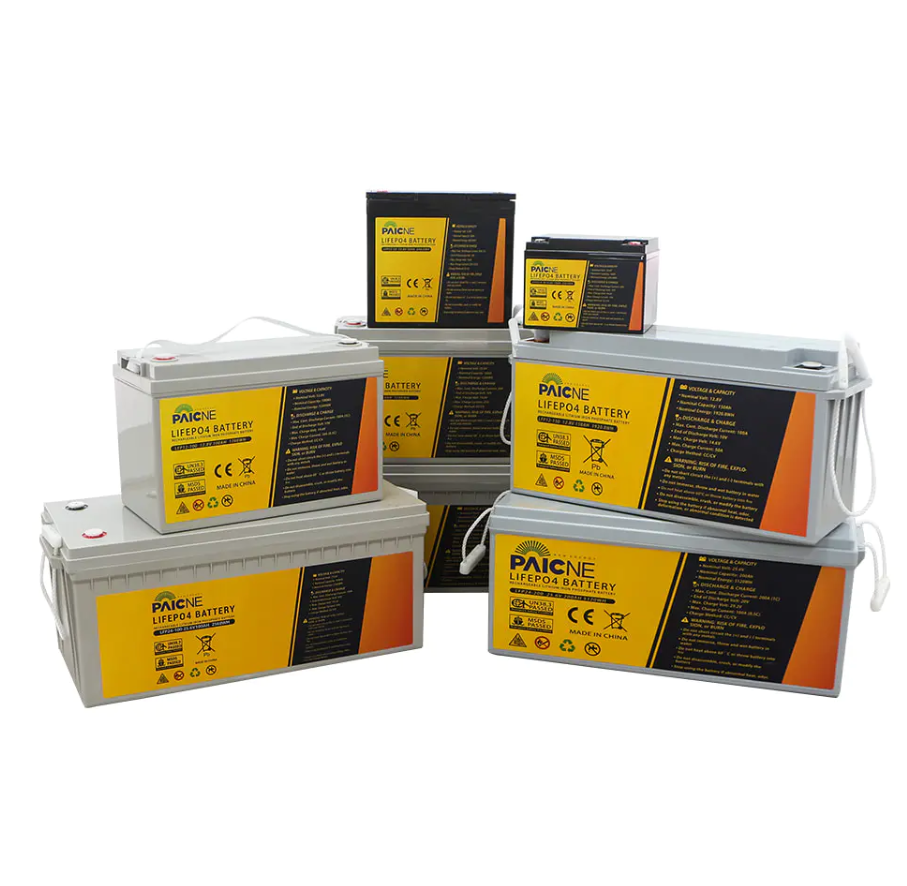Introduction to Low Temperature Challenges
Lithium Iron Phosphate Battery (LiFePO4) has gained wide popularity due to its long cycle life, excellent safety record, and environmental friendliness. However, like all lithium-based chemistries, its performance is strongly influenced by temperature. In low-temperature conditions, the battery's ability to store and deliver energy effectively can be significantly affected. This makes it crucial to investigate how LiFePO4 cells behave in cold environments and to identify measures that can be taken to optimize their use.
Impact on Capacity and Energy Output
One of the most noticeable effects of low temperature operation is a reduction in available capacity. At subzero conditions, the chemical reactions inside the battery slow down, and lithium-ion diffusion becomes less efficient. This results in less charge being accessible for discharge. For instance, while a LiFePO4 cell might perform near its rated capacity at room temperature, the same cell could lose a significant portion of capacity when used in freezing conditions. This reduced capacity impacts devices and vehicles that rely on consistent performance.
Charging Limitations in Cold Conditions
Charging a Lithium Iron Phosphate Battery at low temperatures presents an even greater challenge than discharging. When temperatures drop below freezing, lithium plating can occur on the anode surface during charging, which may cause permanent capacity loss and safety concerns. Manufacturers typically recommend restricted charging or reduced current when the battery temperature is too low, ensuring that the internal chemistry is not damaged. To maintain reliability, many battery management systems include thermal monitoring to prevent unsafe charging.
Effect on Power Delivery and Efficiency
Besides capacity loss, power delivery is also compromised at low temperatures. Internal resistance increases in colder climates, which reduces the efficiency of energy transfer. Devices powered by LiFePO4 batteries may exhibit weaker output or slower operation under these conditions. In applications such as electric vehicles, this can result in shorter driving ranges and slower acceleration during winter months, highlighting the importance of proper thermal management.
Strategies for Performance Optimization
Despite these limitations, there are several strategies to improve cold-weather performance. Preheating systems are often integrated into electric vehicle packs to bring batteries to optimal operating temperatures before use. In stationary energy storage systems, insulation and controlled environments can protect cells from harsh cold. Additionally, advancements in electrolyte formulation and electrode design are being developed to enhance low-temperature tolerance without sacrificing the inherent safety of LiFePO4 chemistry.
Lithium Iron Phosphate Battery demonstrates excellent safety and reliability under normal conditions, but its performance does decline when exposed to low temperatures. Reduced capacity, charging challenges, and diminished power delivery are the key concerns in cold climates. However, with proper management systems, thermal regulation, and ongoing research into material improvements, LiFePO4 can still be effectively used in low-temperature environments while maintaining its long-term advantages.
Features:
1. High energy density: Phosphate iron lithium batteries have a higher energy density, providing longer usage time and higher cruising range.
2. Long cycle life: Phosphate iron lithium batteries have a long cycle life and can withstand more charge and discharge cycles without reducing performance.
3. Good high-temperature performance: Phosphate iron lithium batteries still maintain good performance at high temperatures and are not prone to safety issues such as thermal runaway.
4. Fast charging: Phosphate iron lithium batteries have high charging efficiency and can complete charging in a short time.
5. High safety: Compared to other lithium-ion batteries, phosphate iron lithium batteries have lower risk of self-ignition and explosion.
